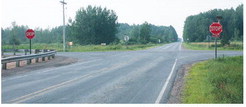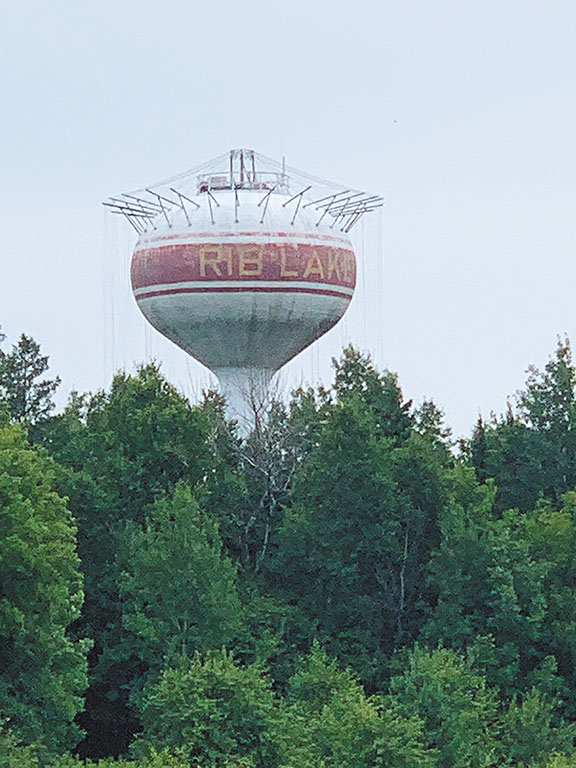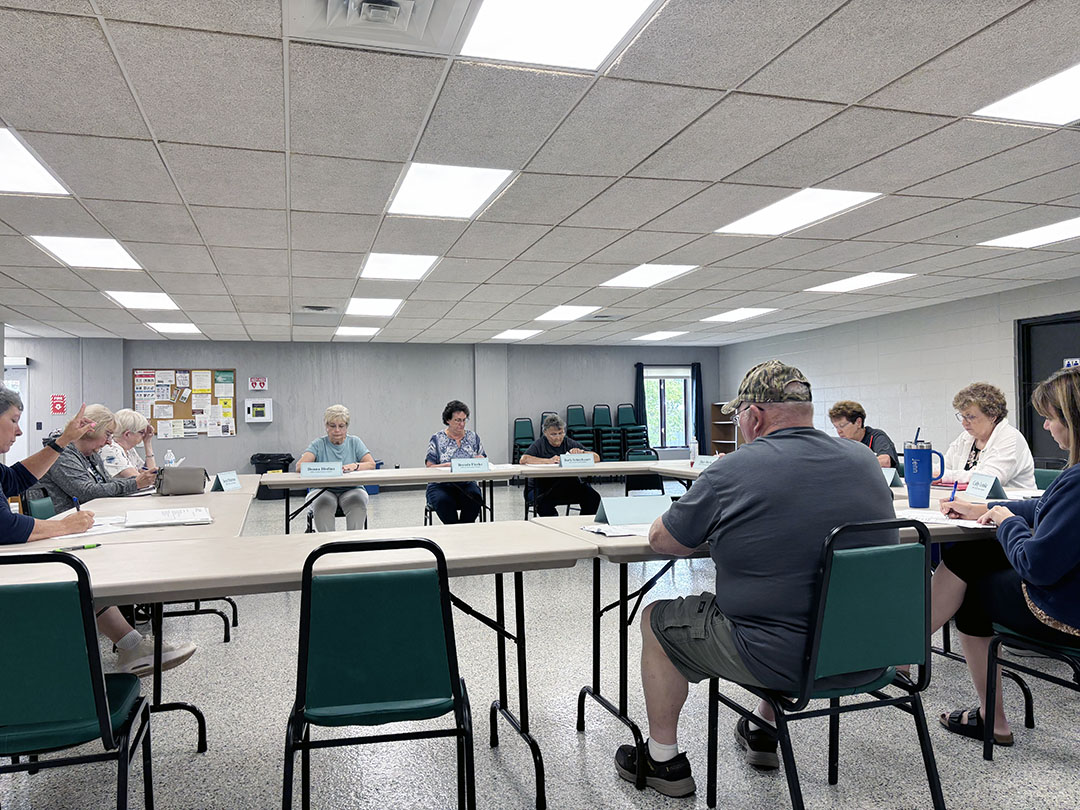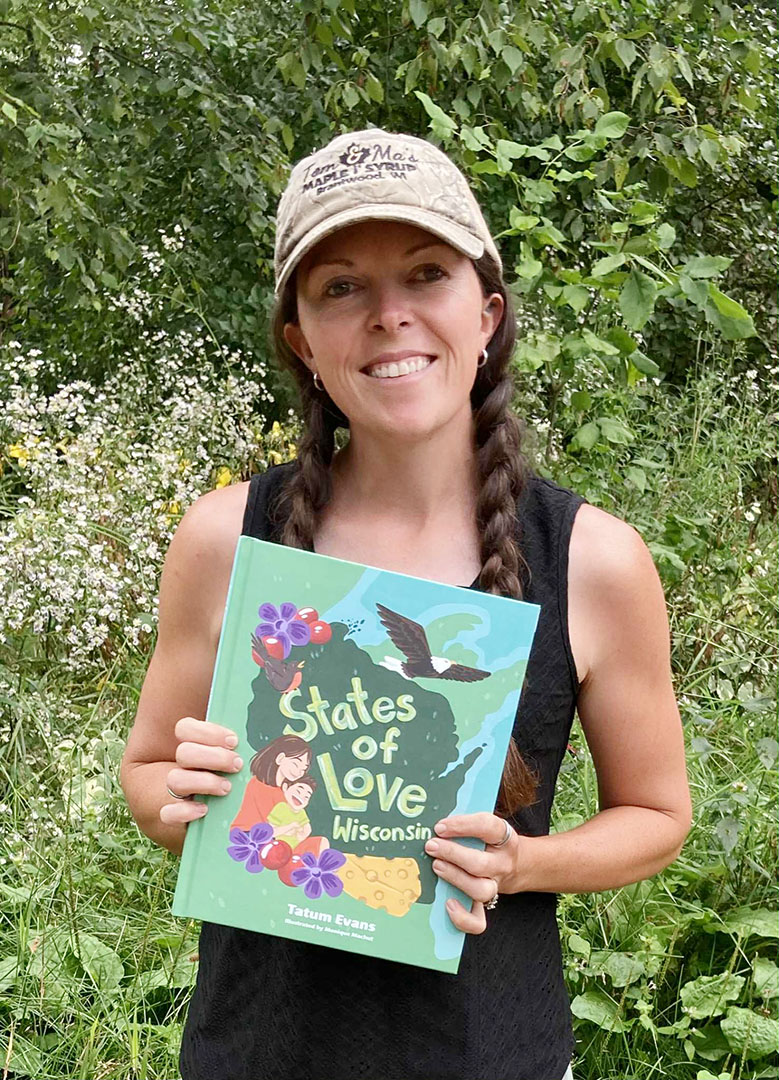Ash tree removal proposal in Campus Woods makes sense
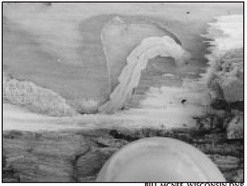

The clock is ticking on the Campus Woods.
Last year, Emerald Ash Borer (EAB) was confirmed in the city of Medford. EAB is an invasive pest whose larvae burrow into ash trees and eat the inner bark starving the tree of nutrients.
Depending on the size and health of the tree, it takes between two and five years for an ash tree to die after being infested. While it is possible to treat individual trees, it is impractical for large stands and would need to be done on a yearly basis.
According to the Wisconsin and Michigan DNR, models developed from field observations predict that a healthy forest will lose 98% of its ash trees in six years.
There is emerald ash borer infestation in the Campus Woods. The county-owned parcel is adjacent to the city of Medford, bordering College Ave. and Donald St. It is used for recreation with walking and ski/snowshoe trails and plans to develop a bike trail through it. It also serves a conservation purpose and as such has been minimally managed for silviculture over the years.
To those who are familiar with it, the signs of EAB infestation are evident in the Campus Woods. It is only a matter of time before the trees die and begin dropping limbs and falling, becoming a hazard for those maintaining or using the trails.
At last week’s forestry and recreation committee meeting, a plan was proposed to go into the Campus Woods from the south during winter and remove the ash trees. At the same time, the county is suggesting doing an aspen clear-cut on a section of the woods on the southwest corner. This would serve a dual-purpose of harvesting the marketable timber to maintain forest health while also allowing for the removal of a large area of buckthorn infestation.
The preliminary proposal was positively received by members of the forestry committee. Committee members suggested earmarking the money earned from the sale of timber in the Campus Woods to be put back into the recreation area for trail improvements and ongoing buckthorn management — things that will enhance use of the area for generations to come.
There is no doubt removal of the ash trees and aspen stand will have an impact on the appearance of the Campus Woods, but it is preferable to having the ash trees left to die and rot where they stand becoming eyesores and hazards.
Taylor County should move forward with proposals for aggressively removing ash trees and jump starting the process to replace them with other tree species rather than spending the next decade removing dead trees that pose a significant safety risk for forest users.
Judging by areas across the country that have been ravaged by emerald ash borer, there is little doubt that a decade from now there will be no ash trees in the Campus Woods. The choice now is if the area will be lush with new growth, or will be a landscape of barren, dead trees and broken snags.
